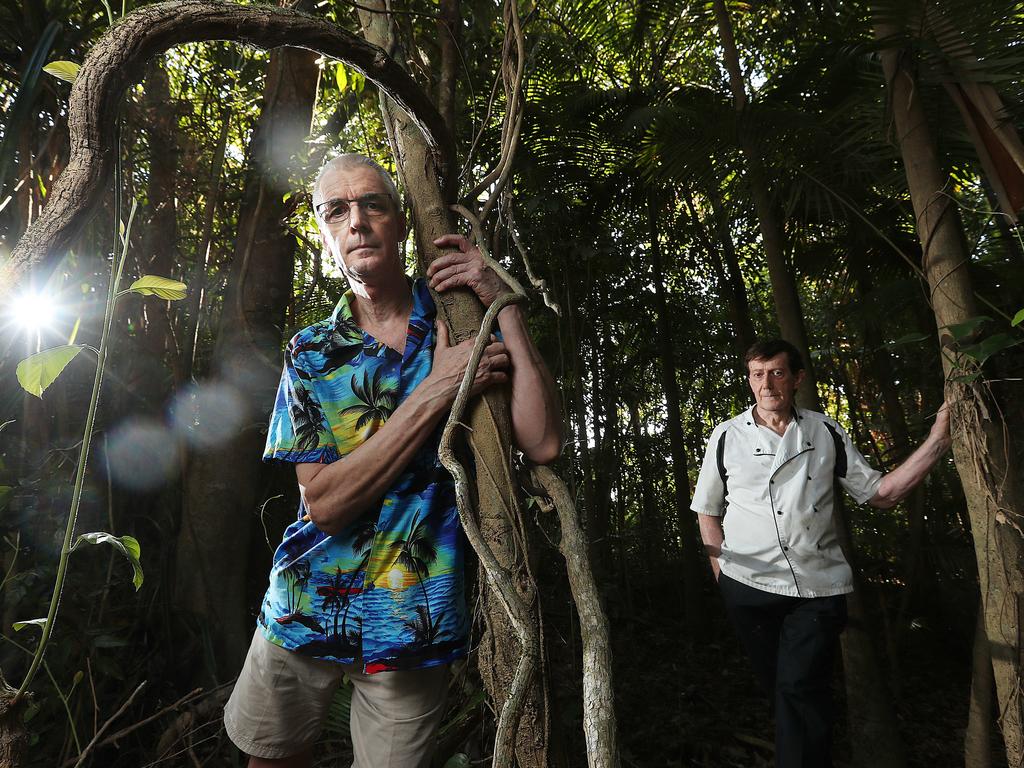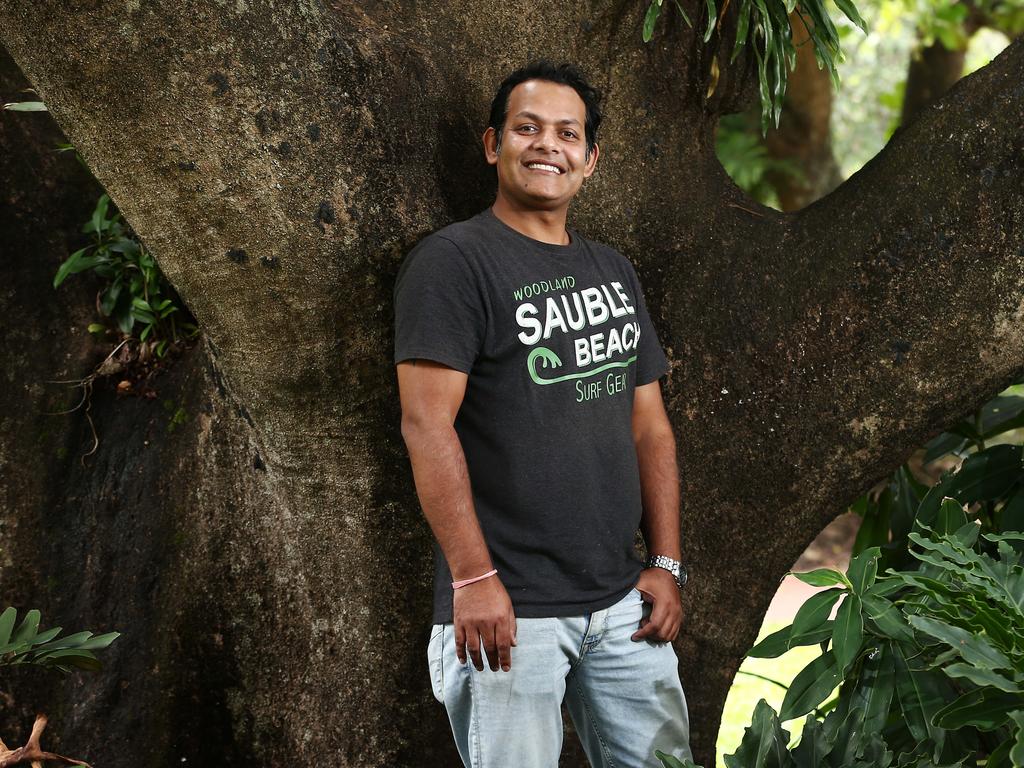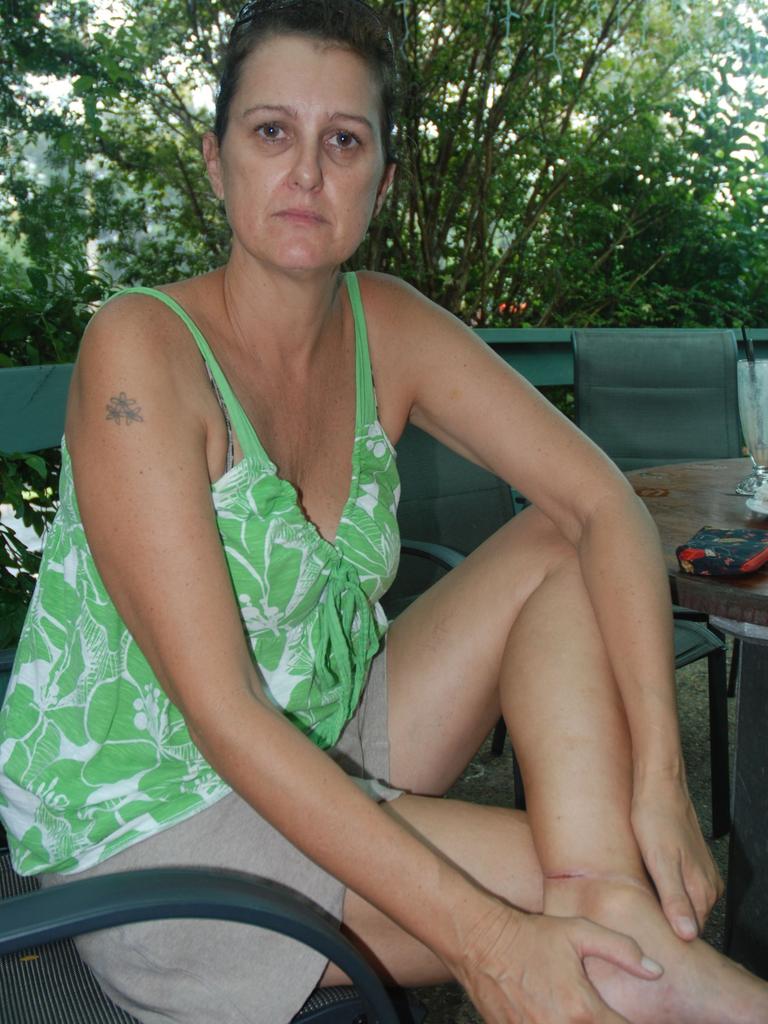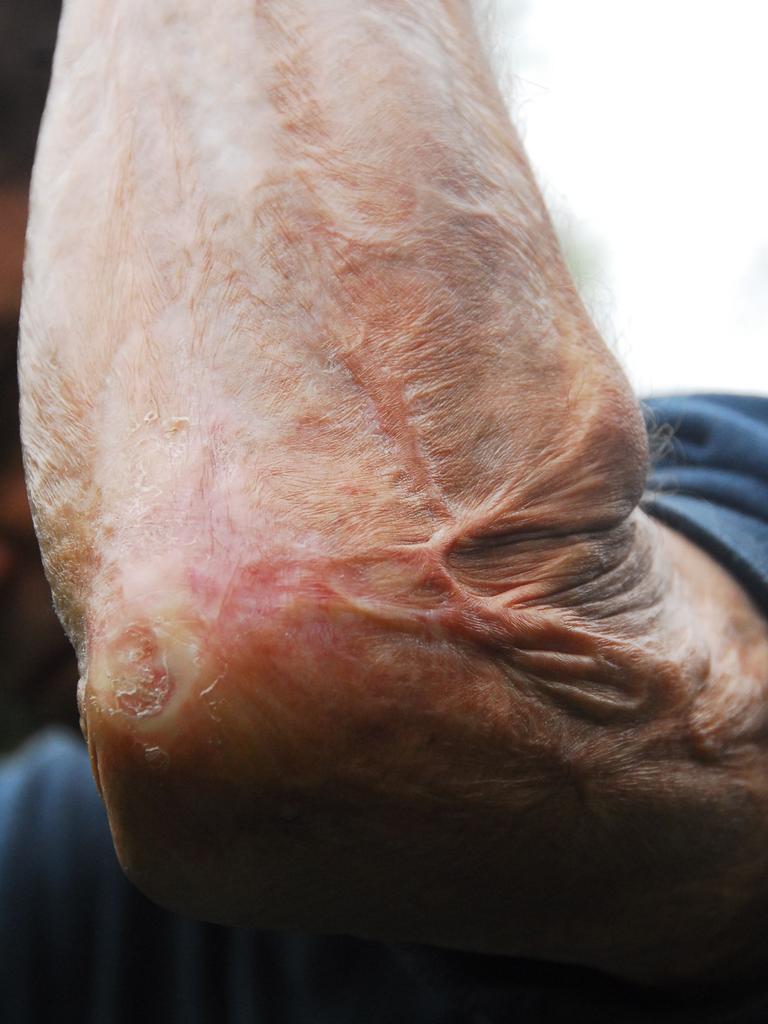Voracious flesh-eating disease breakout jumps states
The flesh-eating ulcer which broke out in Victoria’s Mornington Peninsula has jumped states and afflicted a new community in far north Queensland
The flesh-eating ulcer which broke out in Victoria’s Mornington Peninsula has jumped states and is now afflicting a new community in far north Queensland, The Australian has reported.
Known in Victoria as the Bairnsdale ulcer, similar to the Buruli ulcer in Africa, the tropical disease which is corrosive to flesh has broken out inland from Port Douglas, north of Cairns.
Over the last few years, the Bairnsdale ulcer has reportedly claimed more than 200 victims on the Mornington Peninsula, a scenic coastal region south of Melbourne.
Now, according to The Australian, a new Queensland cluster has broken out in the tiny Atherton Tableland town of Julatten.
Previously confined to another coastal area, between the town of Mossman and the Daintree River, 50km further north in the Douglas shire region, it was known locally as the Daintree ulcer.
The ulcer appears as a lesion which progressively corrodes living issue sometimes down to the bone, which in rare, severe cases has necessitated amputation.
It is caused by an environmental pathogen called Mycobacterium ulcerans and does not respond to standard antibiotic treatment.


It can occur in children or people of any age and typically appears in areas exposed to the air, like limbs, although how it strikes a victim is under debate.
The mode of transmission has been blamed on biting insects who have previously bitten infected possums or bandicoots.
In Australia it was reported to be currently active only on the Mornington and Bellarine peninsulas, as well as in the Daintree.
But now three people including a seven-year-old boy in Julatten have contracted the ulcer.
University of Melbourne microbiologist Tim Stinear told The Australian that the ulcer’s emergence in Julatten was troubling.
“I agree that’s a real shift,” he said. “It might suggestion that the [infection] reservoir has shifted.”
Once victim of the Daintree ulcer, restaurateur Peter Ryan, nearly lost his arm to the disease in 1996 and had to be treated by a surgeon.



The disease has a long incubation period, of between two and ten months, and is hard to diagnose by doctors unfamiliar with the condition.
It can easily be identified under the microscope via a swab from the ulcer.
The so-called Buruli ulcer has been identified in more than 30 countries around the world, including Ghana and Nigeria, and was named after the former Buruli County in Uganda.




